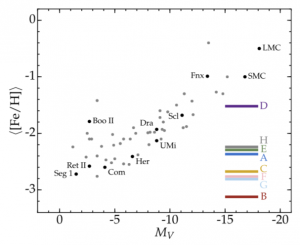After months of editing and proof-reading, the proceedings of the IAU Symposium that I co-organized in Shanghai in July 2019, have finally been published. It was a great honor to edit them with Jerry Sellwood, who was a postdoc advisor when I was at Rutgers. The Symposium was organized by his former student Juntai Shen and I to celebrate Jerry’s 70th birthday and was an amazing conference.
The electronic version is here. I’m supposed to get a hard copy sometime. It’s probably sitting in a mailroom somewhere and will continue to gather dust until we are out of COVID-19 purgatory! After which I will look at it for 5 minutes and it continue to will gather more dust on my book shelf. Sigh…










